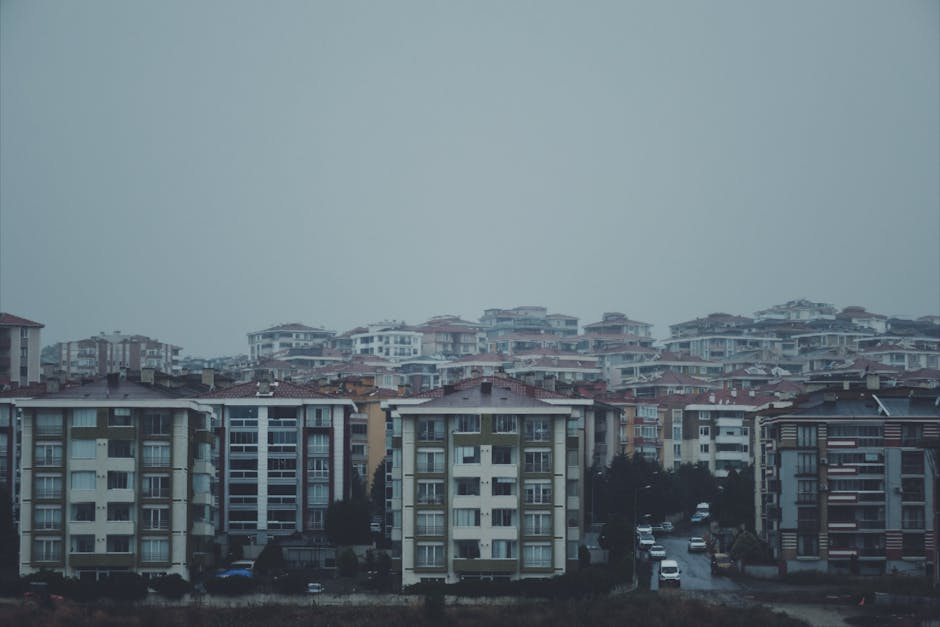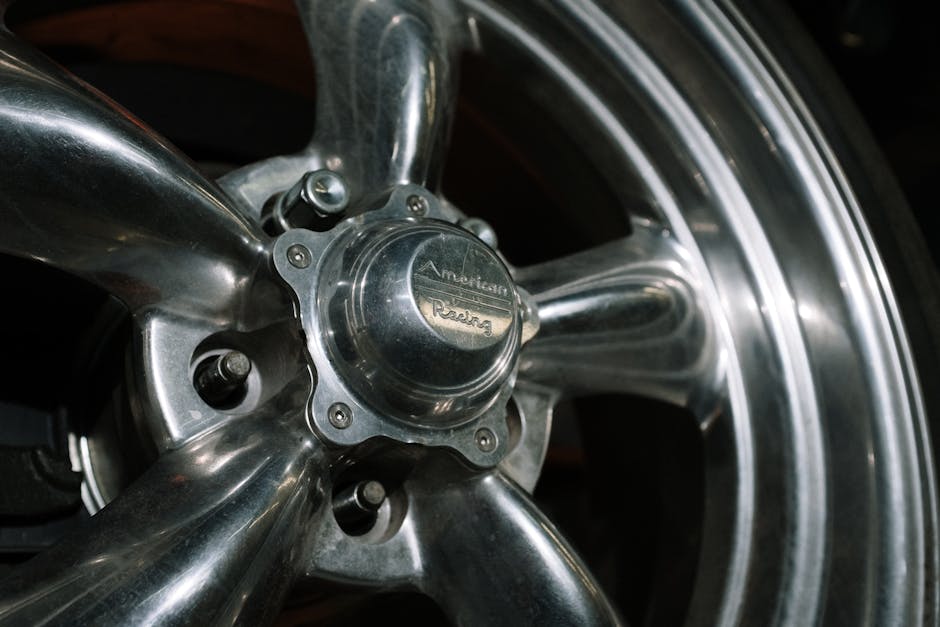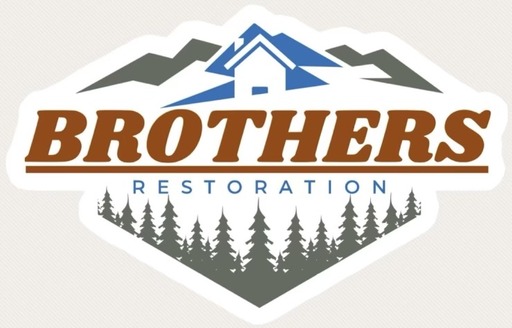Water damage can be a homeowner’s worst nightmare, leading to serious structural issues and health risks if not addressed promptly. Understanding structural drying and water damage repair is crucial in mitigating these damages and restoring your home to its former state. This process involves several steps that ensure every affected area is thoroughly dried, cleaned, and repaired.
First and foremost, it is essential to identify the source of the water damage, whether it be from a leaky roof, burst pipes, or flooding. Once the source has been controlled, the drying process can begin. Utilizing specialized equipment such as dehumidifiers and air movers, professionals can efficiently remove moisture from walls, floors, and furniture.
Moreover, structural drying doesn’t just involve drying out the visible areas; it also includes checking hidden spaces like crawl spaces and attics. This comprehensive approach prevents mold growth and further structural decay, which can lead to more extensive repairs down the line.
At Brothers Restoration, we believe in treating our customers like family. For effective and reliable help with your water damage situation, call 208 Flooded or visit our website at www.brothersresto.com. Your home deserves the best care possible!
Understanding the Importance of Immediate Action

When faced with water damage, time is of the essence. Understanding the importance of immediate action can significantly influence the extent of the damage and the overall restoration process. Water can seep into materials, causing not only structural damage but also creating a breeding ground for mold and mildew.
The longer water is allowed to sit, the more difficult and costly the repairs become. For instance, hardwood floors can warp, drywall can weaken, and insulation can lose its effectiveness, leading to more extensive renovation needs. Immediate action helps to:
- Minimize Damage: Quick response can prevent water from spreading to unaffected areas.
- Reduce Health Risks: Stagnant water can lead to mold growth, which poses health risks to your family.
- Lower Repair Costs: Addressing issues promptly can save homeowners from costly repairs and replacements.
In addition, taking immediate action can mean the difference between a simple cleanup and a major restoration project. Understanding these factors emphasizes the need for readiness and a swift response when water issues arise.
Key Steps in Structural Drying Process

The structural drying process is crucial in mitigating water damage and restoring your home effectively. Following a systematic approach ensures that all affected areas are addressed thoroughly. Here are the key steps involved in the structural drying process:
- Assessment: The first step is to conduct a thorough assessment of the damage. Professionals will use moisture meters and thermal imaging to identify the extent of the water intrusion and determine the necessary drying techniques.
- Water Extraction: Once the assessment is complete, the next step is to remove standing water. High-powered pumps and vacuums are employed to extract water efficiently, preventing further damage.
- Air Movement: After extraction, air movers are set up to enhance evaporation. This step is critical in drying out walls, floors, and other materials that might have absorbed moisture.
- Dehumidification: Alongside air movement, dehumidifiers are used to reduce humidity levels in the affected area. This helps to prevent mold growth and ensures a faster drying process.
- Monitoring: Continuous monitoring is essential throughout the drying process. Professionals track moisture levels to ensure that drying goals are met and adjust equipment as needed.
By following these key steps in the structural drying process, homeowners can significantly reduce the risks associated with water damage and ensure a comprehensive restoration.
Methods for Effective Water Damage Repair

Water damage repair involves several methods tailored to address the specific needs of your home. Each technique focuses on restoring the integrity of the structure while ensuring safety and effectiveness. Here are some common methods for effective water damage repair:
- Replacement of Damaged Materials: In cases where materials like drywall, insulation, or flooring are severely damaged, replacement is often necessary. Removing and replacing these materials not only restores aesthetics but also prevents the potential for mold growth.
- Mold Remediation: If mold has begun to develop due to water exposure, it is crucial to conduct mold remediation. This process involves identifying the source of moisture, removing contaminated materials, and treating the area with antimicrobial solutions.
- Foundation Repair: Water damage can compromise the structural integrity of your home, particularly the foundation. Techniques such as underpinning, sealing cracks, or using drainage systems can help stabilize and protect your foundation from future water intrusion.
- Waterproofing Treatments: Applying waterproofing sealants to walls, basements, and crawlspaces can prevent future water damage. This proactive measure is essential for homes in areas prone to flooding or heavy rainfall.
- Structural Reinforcement: In some cases, structural elements may need reinforcement to ensure safety. This might involve adding beams or braces to support weakened structures.
Implementing these methods not only repairs the visible damage but also fortifies your home against future incidents, ensuring a safe and secure environment for your family.
Preventing Future Water Damage Incidents

Preventing future water damage incidents is crucial for maintaining the integrity of your home and ensuring the safety of your family. By taking proactive measures, you can significantly reduce the risk of water-related issues.
- Regular Maintenance: Conducting regular inspections of your home’s plumbing, roof, and gutters can help identify potential problems before they escalate. Look for leaks, cracks, or signs of wear that may indicate a need for repairs.
- Proper Drainage: Ensure that your property has adequate drainage systems in place. Gutters and downspouts should direct water away from your foundation, while French drains and sump pumps can help manage groundwater and prevent flooding.
- Landscaping Considerations: The way you landscape your yard can affect water drainage. Avoid planting trees or shrubs too close to your home’s foundation, and consider creating slopes in your yard to direct water away from the house.
- Seal Cracks and Gaps: Regularly inspect your foundation and exterior walls for cracks or gaps. Sealing these openings with appropriate materials can prevent water from seeping into your home.
- Install Water Sensors: Consider installing water sensors or alarms in areas prone to flooding, such as basements or crawlspaces. These devices can alert you to leaks or rising water levels, allowing for quick action.
By implementing these strategies, you can protect your home from future water damage incidents, ensuring a safe and dry environment for your loved ones.
When to Call Professionals for Help
While many homeowners may attempt to handle minor water damage repairs themselves, there are certain situations where calling in professionals is essential. Understanding when to seek expert help can save you time, money, and further damage to your property.
- Extensive Water Damage: If the water damage is widespread or affects multiple rooms, it’s best to hire professionals. They have the tools and expertise to assess the situation thoroughly and implement effective solutions.
- Signs of Mold Growth: Mold can develop rapidly in damp environments, often within 24 to 48 hours. If you notice any signs of mold, such as a musty smell or visible mold spots, it’s crucial to call specialists who can safely remove it and prevent recurrence.
- Structural Concerns: If you suspect that the integrity of your home’s structure has been compromised—such as sagging ceilings or walls—professionals can evaluate the damage and recommend necessary repairs.
- Uncertain Source of Water: If you’re unsure about the source of the water damage (whether it’s clean water, gray water, or black water), it’s safer to contact professionals. They can identify the type of water and handle it appropriately to protect your health.
- Insurance Claims: When filing an insurance claim for water damage, having professionals handle the restoration can streamline the process. They can provide documentation and reports necessary to support your claim.
In these situations, it’s wise to act quickly to minimize damage. Call 208 Flooded or visit our website at www.brothersresto.com for expert assistance in structural drying and water damage repair. Our family-owned team is here to help restore your home and provide peace of mind.



